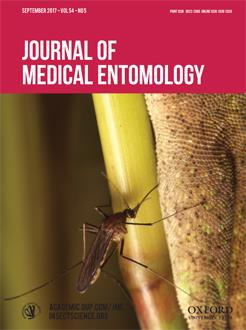Scientists and health-care professionals sometimes use a swabbing technique to collect fleas from rodent burrows, and later test the fleas for Yersinia pestis, the causative agent of plague. Detection of Y. pestis is enhanced when large pools of fleas are available. The following study investigated factors that might affect the rate at which fleas are collected from burrows in colonies of black-tailed prairie dogs (Cynomys ludovicianus). Data were collected from 13 colonies in New Mexico during 0600–1000 hours, June–August 2010–2011. Fleas were scarce on swabs inserted into burrows that were not actively used by prairie dogs; fleas are presumably suppressed in burrows that are void of hosts and might have begun to collapse due to a lack of maintenance. Fleas were scarce on swabs inserted into burrows with little sunlight entering the tunnel; many species of fleas use changes in light intensity to locate objects, but if light is limited, it might be difficult to locate a swab. Fleas were scarce on swabs inserted to shallow depths underground, especially during hot mornings, and during the hottest portions of mornings; when conditions are hot above ground, ectothermic fleas might migrate into the deep components of burrows, or become less willing to jump onto hosts, making it difficult to collect the fleas with swabs. If the swabbing technique is used to survey for Y. pestis on colonies of black-tailed prairie dogs, investigators might use the results of this study to modify their methods and increase the number of fleas collected.
How to translate text using browser tools
9 May 2017
Swabbing Prairie Dog Burrows for Fleas That Transmit Yersinia pestis: Influences on Efficiency
David A. Eads
ACCESS THE FULL ARTICLE
It is not available for individual sale.
This article is only available to subscribers.
It is not available for individual sale.
It is not available for individual sale.

Journal of Medical Entomology
Vol. 54 • No. 5
September 2017
Vol. 54 • No. 5
September 2017
burrow
flea
plague
prairie dog
Yersinia pestis





